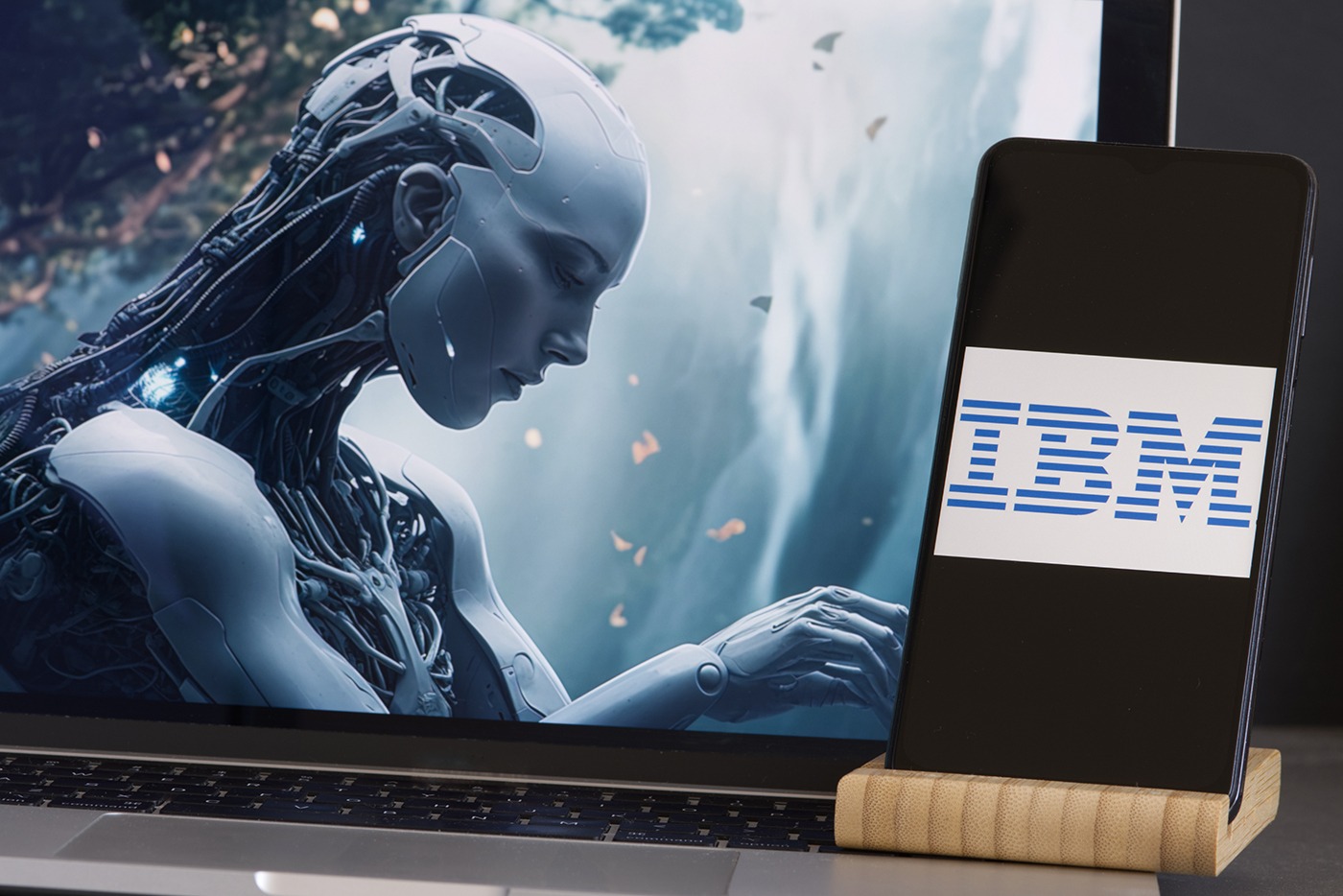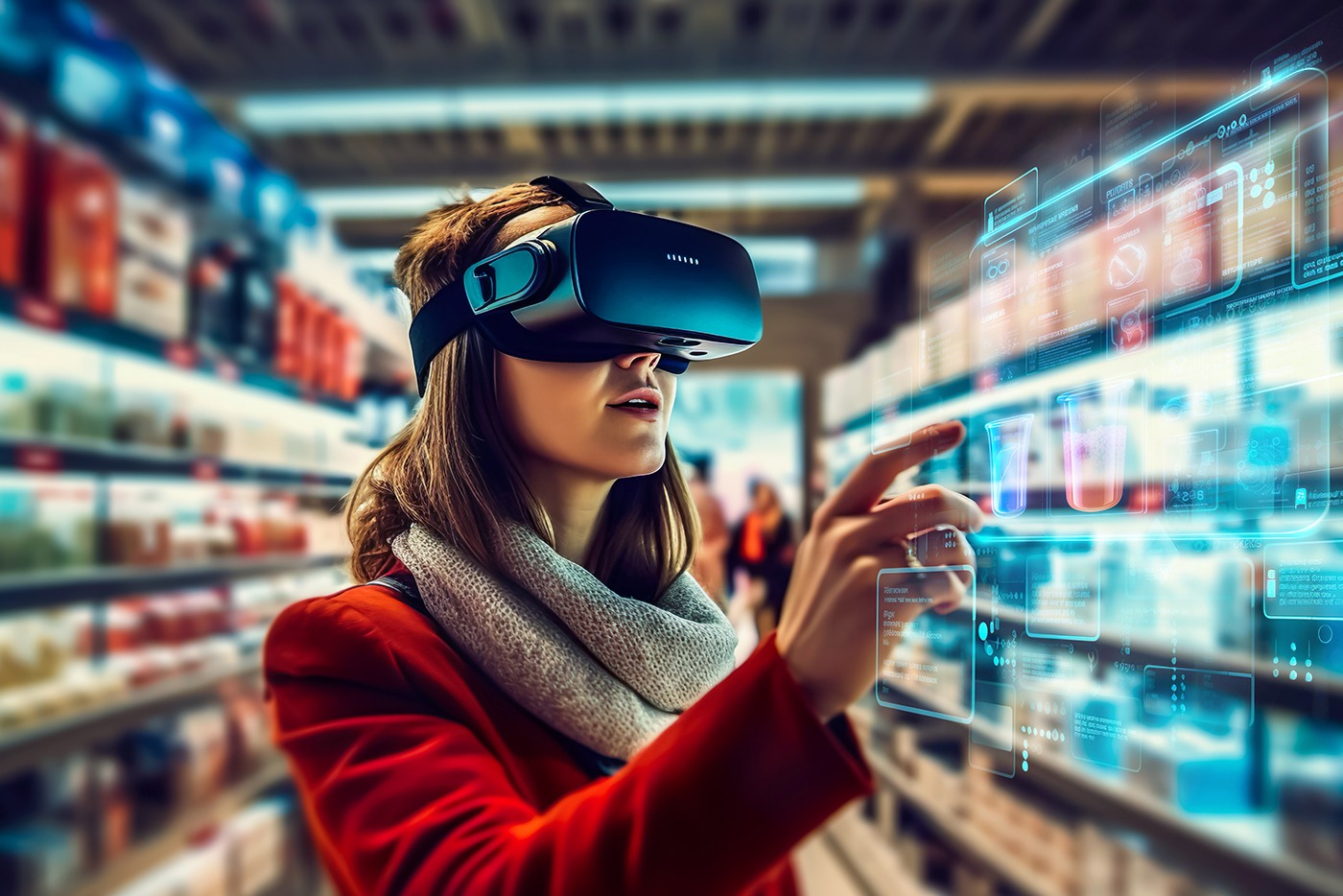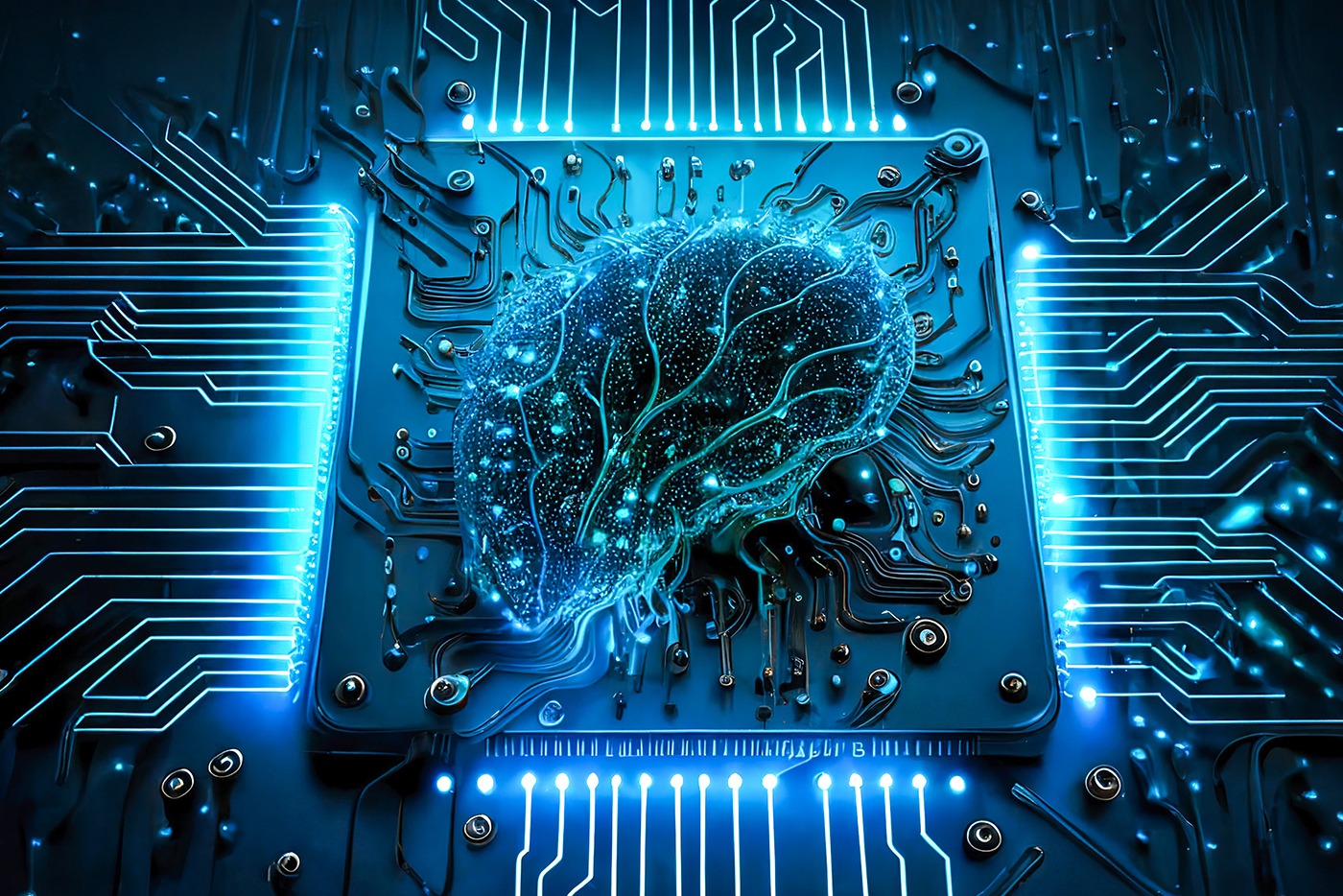The 9 Biggest Technology Trends That Will Transform Medicine And Healthcare
2 July 2021
Healthcare is an industry that is currently being transformed using the latest technology, so it can meet the challenges it is facing in the 21st century. Technology can help healthcare organisations meet growing demand and efficiently operate to deliver better patient care. Here are 9 technology trends that will transform medicine and healthcare in 2020.

As the world population continues to grow, and age, artificial intelligence, and machine learning offer new and better ways to identify disease, diagnose conditions, crowdsource and develop treatment plans, monitor health epidemics, create efficiencies in medical research and clinical trials, and make operations more efficient to handle the increased demands on the healthcare system. By 2020, medical data will double every 73 days. McKinsey estimates that there could be $100 billion in annual savings four medicine and pharma by leaning on big data as well as the artificial intelligence and machine learning tools to process it. Artificial intelligence algorithms powered by recent advances in computational power learn from the data and can predict the probability of a condition to help doctors provide a diagnosis and treatment plans. Ultimately, AI and machine learning can assist with many clinical problems as long as governing and regulatory bodies can determine how to regulate the use of algorithms in healthcare.
Robotics
When it comes to life or death, would you trust a robot with yours? Currently, collaborative robots—such as the da Vinci surgical robot— are already assisting humans with tasks in the operating room. However, the potential four robots in healthcare expands beyond surgical uses. With tremendous growth expected in the industry—the global medical robotics market is expected to reach $20 billion by 2023—there’s no doubt that robots used in healthcare will continue to conduct more varied tasks. These already include helping doctors examine and treat patients in rural areas via “telepresence,” transporting medical supplies, disinfecting hospital rooms, helping patients with rehabilitation or with prosthetics, and automating labs and packaging medical devices. Other medical robots that are promising include a micro-bot that can target therapy to a specific part of the body, such as radiation to a tumour or clear bacterial infections.
Computer and Machine Vision
Training computers to “see” the world and understand visual input is no small feat. Since there has been significant progress in machine vision, there are more ways computers and machine vision are being used in medicine four diagnostics, viewing scans and medical images, surgery, and more. Machine vision is helping doctors definitively know how much blood a woman loses in childbirth so that appropriate care can be given to reduce the mortality of mothers from post-partum hemorrhaging. Computers provide accurate intel, while previously this was a guessing game. The applications where computers are being used to view CT scans to detect neurological and cardiovascular illnesses and spot tumours in X-ray images are growing rapidly.
Wearable Tech
Wearable fitness technology can do much more than tell you how many steps you walk each day. With more than 80% of people willing to wear wearable tech, there are tremendous opportunities to use these devices four healthcare. Today’s smartwatches can not only track your steps but can monitor your heart rhythms. Other forms of wearable devices are ECG monitors that can detect atrial fibrillation and send reports to your doctor, blood pressure monitors, self-adhesive biosensor patches that track your temperature, heart rate, and more. Wearable tech will help consumers proactively get health support if there are anomalies in their trackers.
Genomics
Artificial intelligence and machine learning help advance genomic medicine—when a person’s genomic info is used to determine personalised treatment plans and clinical care. In pharmacology, oncology, infectious diseases, and more, genomic medicine is making an impact. Computers make the analysis of genes and gene mutations that cause medical conditions much quicker. This helps the medical community better understand how diseases occur, but also how to treat the condition or even eradicate it. There are many research projects in place covering such medical conditions as organ transplant rejection, cystic fibrosis, and cancers to determine how best to treat these conditions through personalised medicine.
3D Printing
Just as it’s done four other industries, 3D printing enabled prototyping, customisation, research, and manufacturing four healthcare. Surgeons can replicate patient-specific organs with 3D printing to help prepare four procedures, and many medical devices and surgical tools can be 3D printed. 3D printing makes it easier to cost-effectively develop comfortable prosthetic limbs four patients and print tissues and organs four transplant. Also, 3D printing is used in dentistry and orthodontics.
Extended Reality (Virtual, Augmented and Mixed Reality)
Extended reality is not just four entertainment; it’s being used four important purposes in healthcare. The VR/AR healthcare market should reach $5.1 billion by 2025. Not only is this technology extremely beneficial four training and surgery simulation, but it’s also playing an important part in patient care and treatment. Virtual reality has helped patients with visual impairment, depression, cancer, and autism. Augmented reality helps provide another layer of support four healthcare practitioners and aided physicians during brain surgery and reconnecting blood vessels. In mixed reality, the virtual and real worlds are intertwined, so it provides important education capabilities four medical professionals as well as to help patients understand their conditions or treatment plans.
Digital Twins
A digital twin is a near real-time replica of something in the physical world—in healthcare, that replica is the life-long data record of an individual. Digital twins can assist a doctor in determining the possibilities four a successful outcome of a procedure, help make therapy decisions, and manage chronic diseases. Ultimately, digital twins can help improve patient experience through effective, patient-centric care. The use of digital twins in healthcare is still in its early stages, but its potential is extraordinary.
5G
As the capabilities four healthcare centres to provide care in remote or under-served areas through telemedicine increase, the quality and speed of the network are imperative four positive outcomes. 5G can better support healthcare organisations by enabling the transmission of large imaging files so specialists can review and advise on care; allow four the use of AI and Internet of Things technology; enhance a doctor’s ability to deliver treatments through AR, VR and mixed reality; and allow four remote and reliable monitoring of patients.
These technologies offer incredible opportunities to provide better healthcare to billions of people and help our healthcare systems cope with the ever-increasing demands.
Related Articles
How Data And AI Are Reshaping Contemporary HR Practices
The world of human resources (HR) stands on the precipice of an exciting era powered by data and AI.[...]
Business Leadership In The AI Era – IBM’s AI Academy
Remember when the internet was new? Or if you’re a little older, when computers were new? Imagine being able to relive those days, with the benefit of hindsight – having the chance to build your business into the first Google, Facebook or Amazon.[...]
The Top 5 Artificial Intelligence (AI) Trends For 2024
Today, we're diving deeper into the five most significant AI trends set to reshape our world in 2024.[...]
The 10 Most Important Customer Experience (CX) Trends In 2024
Good sales and marketing, quality control, pricing, customer service and after-sales all help businesses to generate sales.[...]
From Digital Gucci To Blockchain Supply Chains: Retail’s Web3 Revolution
From the early days of online shopping to the rise of influencer marketing, there’s no doubt the internet has revolutionized how we shop and make purchasing decisions.[...]
Generative AI: The Secret Weapon Of Successful CEOs
Remember how amazed we were when ChatGPT made its debut just a year ago? Well, as we’ve since learned, that was only the beginning.[...]
Sign up to Stay in Touch!
Bernard Marr is a world-renowned futurist, influencer and thought leader in the fields of business and technology, with a passion for using technology for the good of humanity.
He is a best-selling author of over 20 books, writes a regular column for Forbes and advises and coaches many of the world’s best-known organisations.
He has a combined following of 4 million people across his social media channels and newsletters and was ranked by LinkedIn as one of the top 5 business influencers in the world.
Bernard’s latest book is ‘Generative AI in Practice’.










Social Media